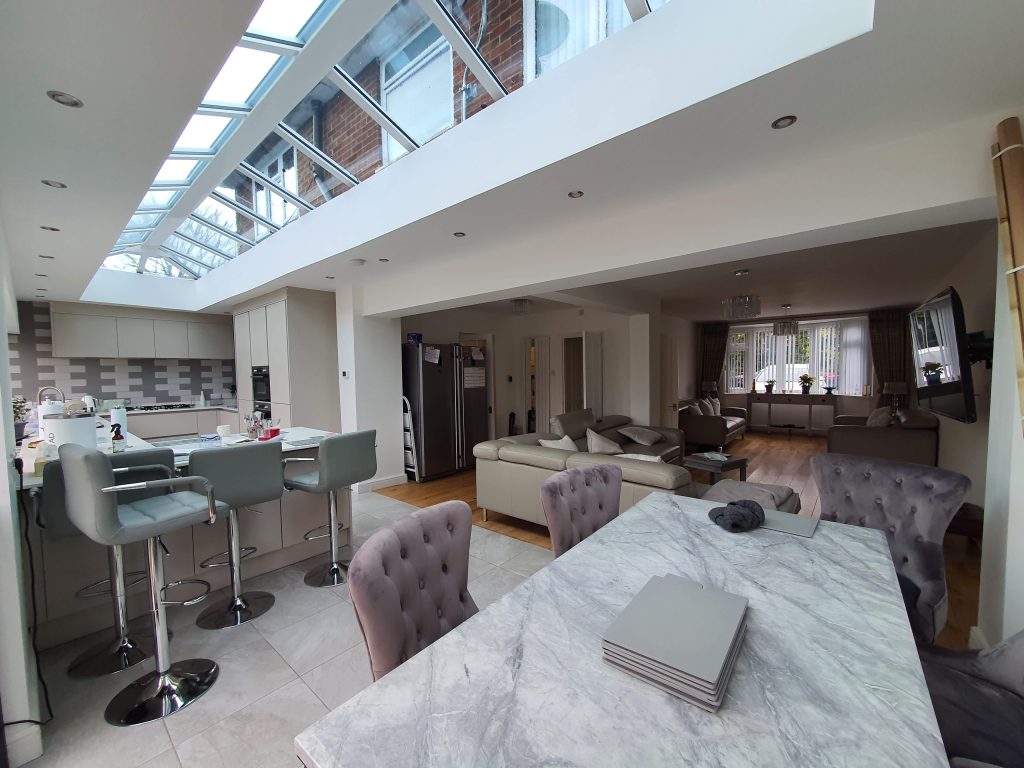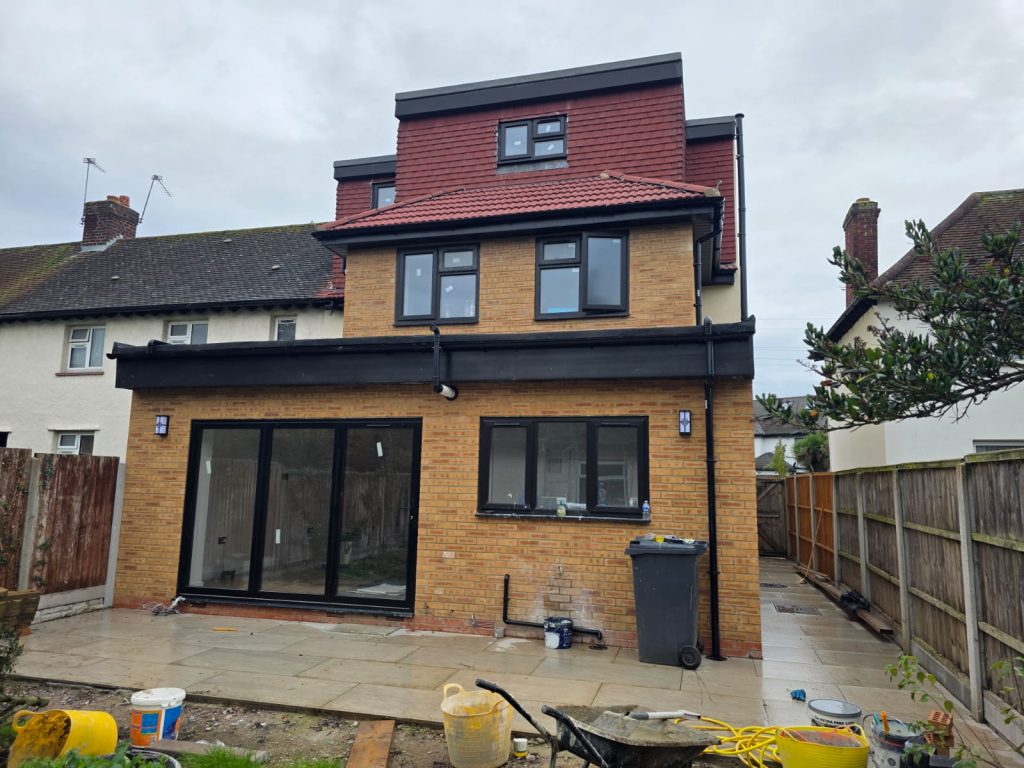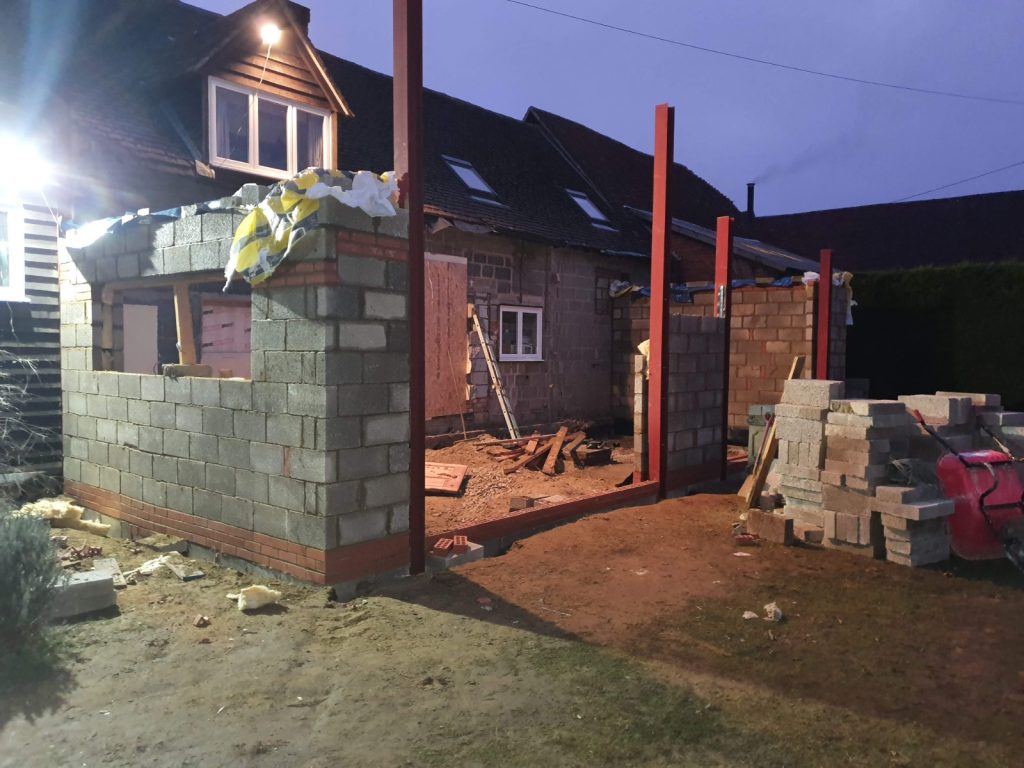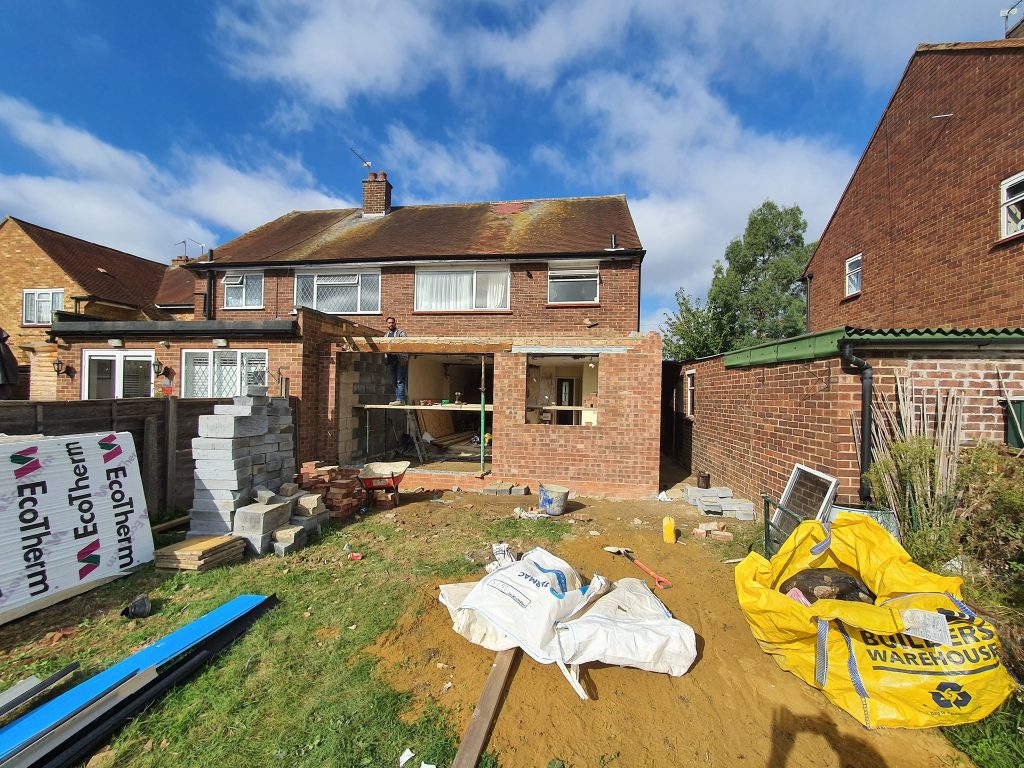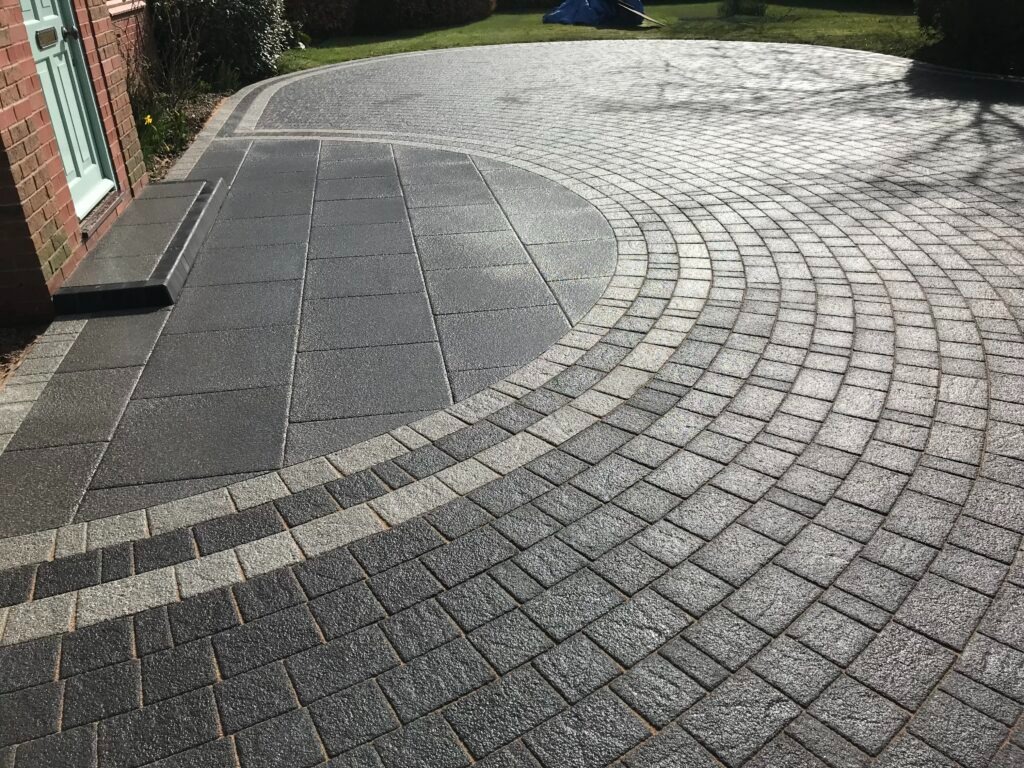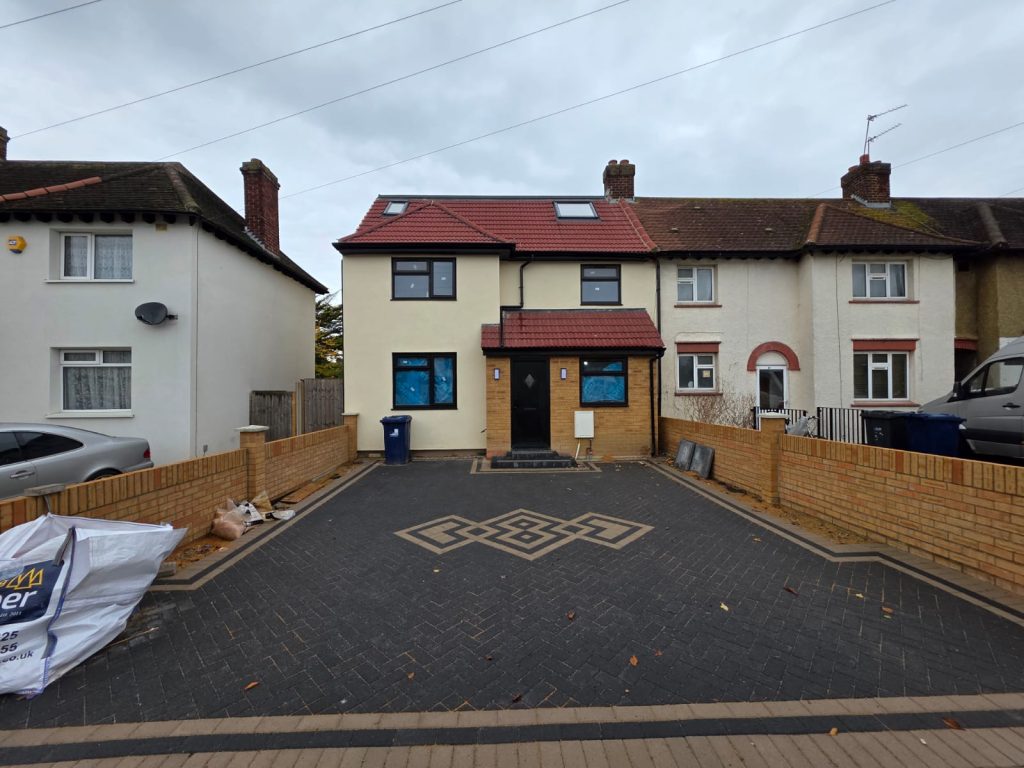Roofing & Waterproofing: Protect Your Home with Oxford Climate
Oxford is cute with houses being constructed, but Oxford’s weather does not favour them. With rainy winters and scorching sun every day in summer, Oxford’s weather can destroy your home. You have to roof and waterproof your home in such a way that your home will be protected and dry. Here we are going to explain how waterproofing and roofing can weatherproof your house and keep your house warm and safe in the future. What is Waterproofing and Roofing? House protection is done by two of the best methods of waterproofing and roofing. Roofing covers the top of your house to stop rain and snow. Waterproofing protects parts of your house, like the floor or walls, from water. Roofing and waterproofing both dry out your house. Otherwise, your house would be affected by the likes of damage, leaks, and even mould. Do please tell us how both of them keep your house safe. Why Roofing Is Important for Your House? The roof is your first line of defence for your property against Oxford weather. It renders your property dry, rain-free and snow-free, and wind-free. A secure roof makes your property secure and never lets it become wet. Protection Provided by Water Against Rain and Snow Oxford is quite rainy, especially in winter. Your roof keeps your house dry from rain. Rain finds its way into foundations, ceilings, and walls via a loose roof, and they are the very ones that cause ruthless devastation. The second is snow. Winter also has an issue, in the form of snow on the roof. If the roof were not or is sick, then the issue would be the weight. The good roof would prevent the snow from melting and carry it harmless. Insulation and Energy Efficiency Your roof heats your home in winter and cools your home in summer, as well. Your roof is hot or cold, as in. That is, you’ll heat and cool less, and save on your bill. Wind Protection Oxford is blown day and night by the wind, particularly when there is stormy weather. Having a good roof will shield your house from the blow of the wind. Without a roof, normal winds will strip off shingles or pry loose roofing material to drip or cause more damage. A good roof shields your house from the blow of the wind. What is Waterproofing and Why Is It Necessary? Waterproofing is waterproofing part of your house. Waterproofing keeps your basement, walls, and foundation dry. Water Damage Prevention Water destroys your construction material. Then it destroys your foundation and walls, too. Waterproofing never allows water inside your house, and your walls and foundation never get wet. Waterproofing otherwise causes cracks, leakage, and expensive repairs. Mildew and Mould Prevention Mould enjoys moisture. Water entering your home is the worst thing that could happen to mould. Mould brings odour and sickness, like an allergy. Waterproofing prevents water from entering your home, thus providing the mould with no room for growth and cleans the air in your home. Basement Protection Your foundation is where your house was constructed. When water comes into your foundation, water gets in and ruins it and unlevels your house. Waterproofing prevents water from coming in behind the foundation. These levels your house and won’t make it tip over. How Roofing and Waterproofing Work Together Roofing and waterproofing are the two cousin tasks that parade hand in hand to defend your abode. Roofing protects your house from rain, wind, and snow. Waterproofing stops water from getting into the walls or floor. For example, if the roof is good, rain won’t go inside, but if the ground is not waterproofed, water can enter and harm your house. Roofing and waterproofing together are what protect your house from moisture. Protect Your Home with Roofing and Waterproofing: Tips We regularly check and maintain your waterproofing systems and roof in excellent working order to keep your house protected from Oxford weather. All you have to do is adhere to the following easy tips: Regular Roof Inspection Check your roof annually and after each storm or heavy rain. Be cautious to ensure that you check for any loose shingles, cracks, or damage. If you find a problem, repair it in time so as not to experience huge problems in the future. Cleaning Gutters Gutters also direct water away from your house. Water will overflow and damage the roof or foundation if the gutters are clogged. Clean gutters occasionally so water will flow off your house. Waterproof Basement and Foundation Seal the basement and foundation so water will not enter. Waterproof caulk to seal foundation and perimeter walls. Sump pump, if the basement drains water that has accumulated. Seal Doors and Windows Inspect windows and doors for damaged seals. Fix if cracked. Sealing will prevent water entry, but so will heat your house. Locate Leaks In case you observe water traces on walls or ceilings, then attempt to find leaks. Leaks are calamitous if you don’t know where they are. Seal leaks once you have located them so as to reduce water damage. Advantages of Ideal Roofing and Waterproofing in Oxfordian Weather Oxford weather is too harsh for houses, but perfect waterproofing and roofing keep your house safe. The utmost benefits are: No water damage: Perfect waterproofing and roofing enable water to be pushed out of your house, fewer seepages of water and less maintenance cost. Increased Residence Time: Perfect waterproofing and roofing enable your house to last longer. Your roof and foundation remain steady and immovable. Savings on Utility Bill: Your roof will never heat your home or warm your house. This saves energy and will not make you pay as much on your utility bill. Healthier House: Waterproofing does not permit mould and mildew to invade the home, so the home is healthier and cleaner for you to live in. Benefit to Property: It’s additional cash if it’s got a nice roof and waterproofer. Not only will it be better looking to customers, but

